Petit Rhône
Gouache varnish on cardboard
Signed “P. Charbonnier” and titled “Petit Rhône” lower right
15 x 20,5 inch
2/3 Infimes sauts de gouache
Born in 1897 in Vienne (Isère), Pierre Charbonnier was predestined very early on for a artistic career. He initially trained at the Lyon School of Fine Arts in 1915 before moving to Paris where he joined the Académie Ranson. He presented his first paintings at the Salon des Indépendants, the Salon des Tuileries and the Salon d'Automne in the early 1920s. He also exhibited in galleries in France (Henriette Gomès gallery, Albert Loeb gallery) and abroad ( Italy, Japan, Brazil, Luxembourg). Active in the world of cinema, he also distinguished himself as a decorator, notably for the filmmaker Robert Bresson from 1934 to 1970, but also as a director.
The theme of water is very present in the work of Pierre Charbonnier who grew up on the banks of the Rhône. The title “Le Petit Rhône” annotated at the bottom right of the gouache that we are presenting allows us to identify the river which can be seen in the background behind stylized branches, reduced to fine intersecting black areas. The artist often situates his landscapes and other urban views, otherwise it would not be easy to identify the places in question (Drôme, Sète, Lyon, Barcelona, etc.). The palette, reduced to blue, yellow and brown, here draws a landscape bordering on abstraction.
Living between Paris and the Drôme, Pierre Charbonnier paints numerous uncluttered urban views with a permanent concern for framing which demonstrates a sensitive eye for photographic and cinematographic shots. These sometimes reveal the frame of a window opening onto a large perspective. His compositions are often very geometric and feature urban elements in a static atmosphere. They are punctuated by large lines, sometimes horizontal, sometimes vertical, creating large voids.
In the aftermath of the Second World War, his paintings illustrate in a falsely naive way the invasion of urban space by concrete constructions on which he casts an angelic gaze. The artist represents the modern city in full transformation, the city of factories and buildings integrating metal infrastructures and other elongated chimneys and technical materials such as the Center Pompidou inaugurated in 1977. Most of the time inanimate, Pierre Charbonnier's landscapes made pure and intense colors express the poetry of the modern post-war world. This refinement is also found in the artist's keen interest in poetry which he shares with his friends Max Jacob, Tristan Tzara, René Char, Jacques Prévert and Blaise Cendrars. © A.BIOT


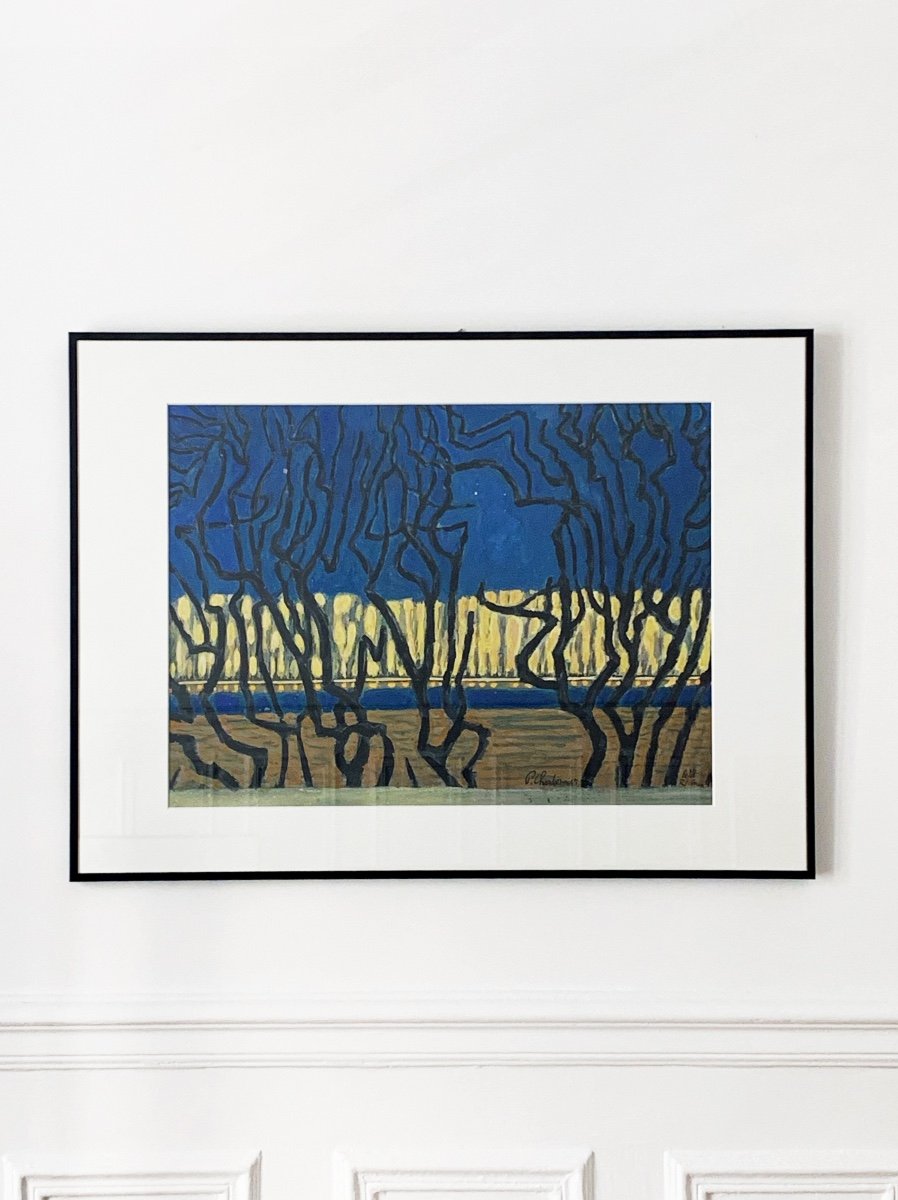
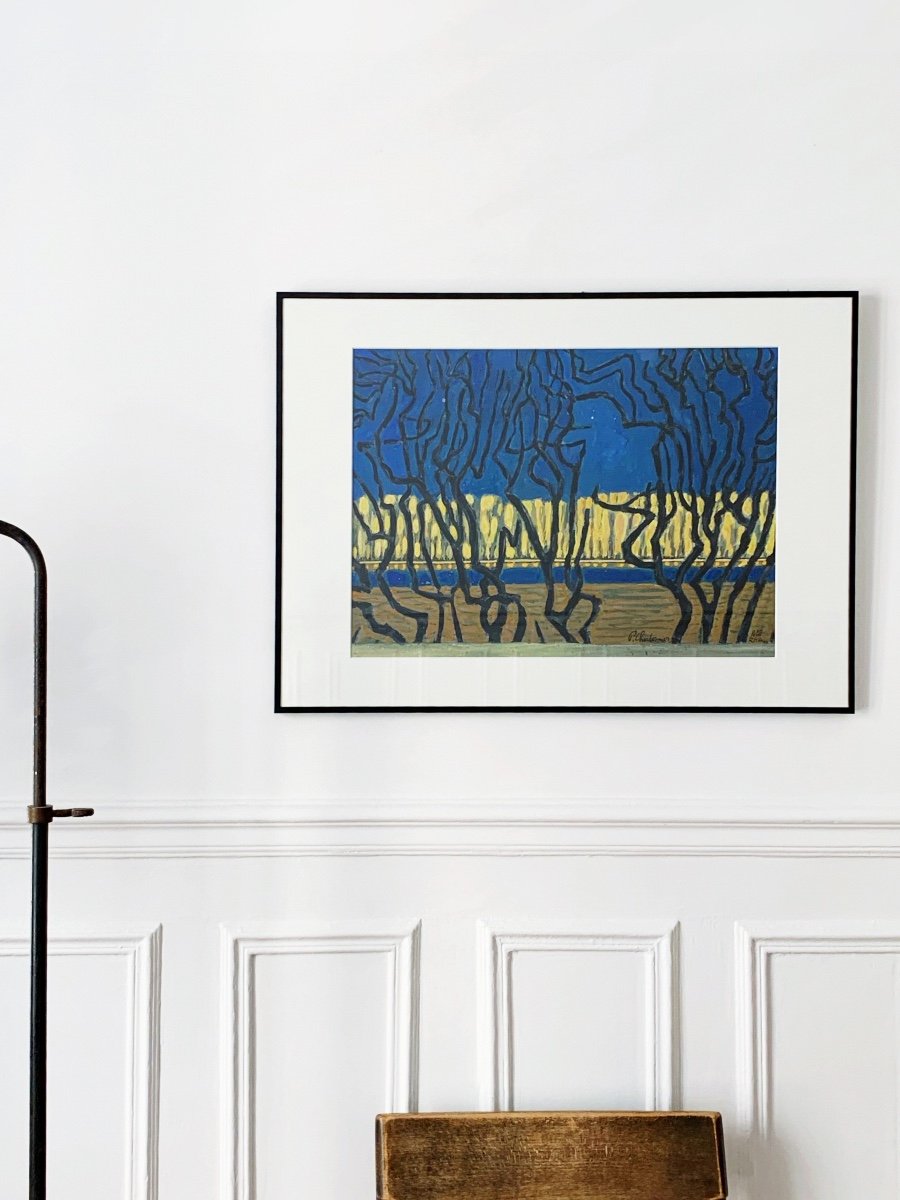
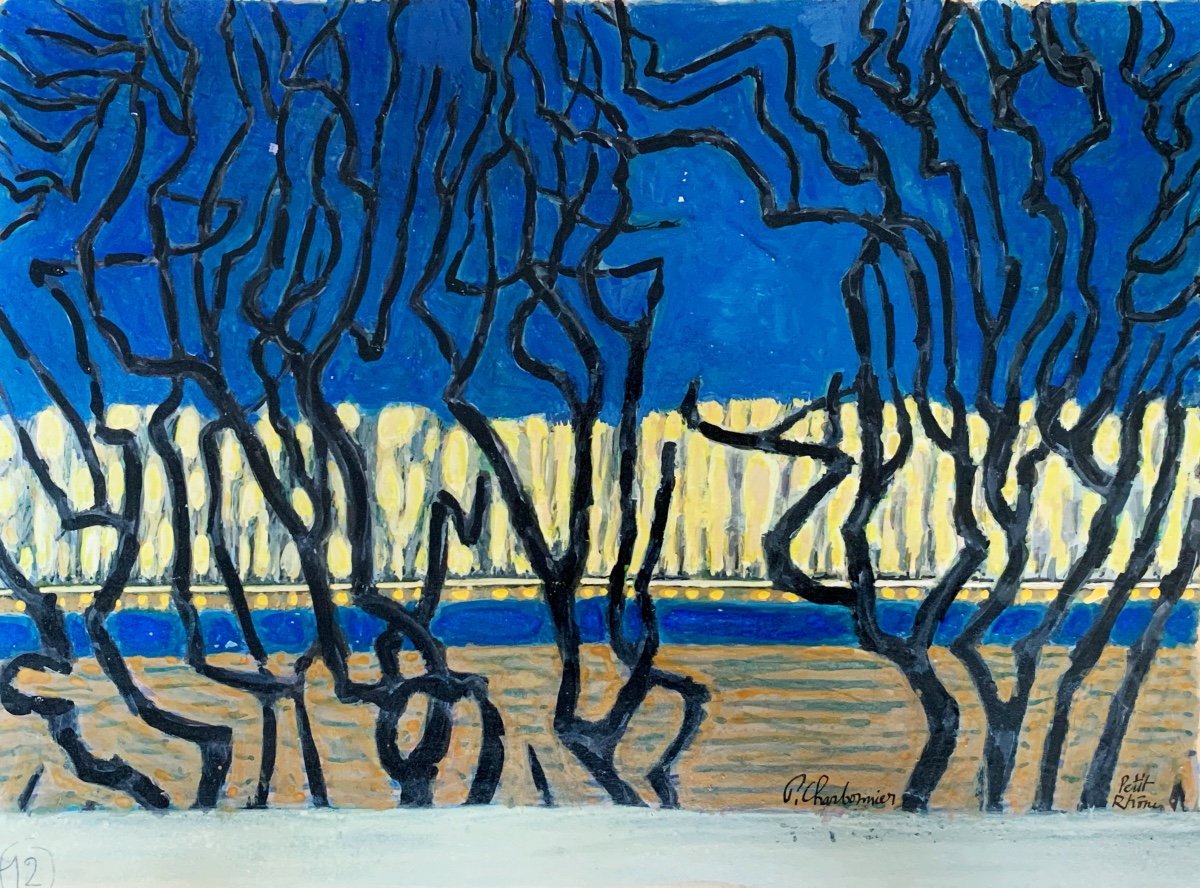
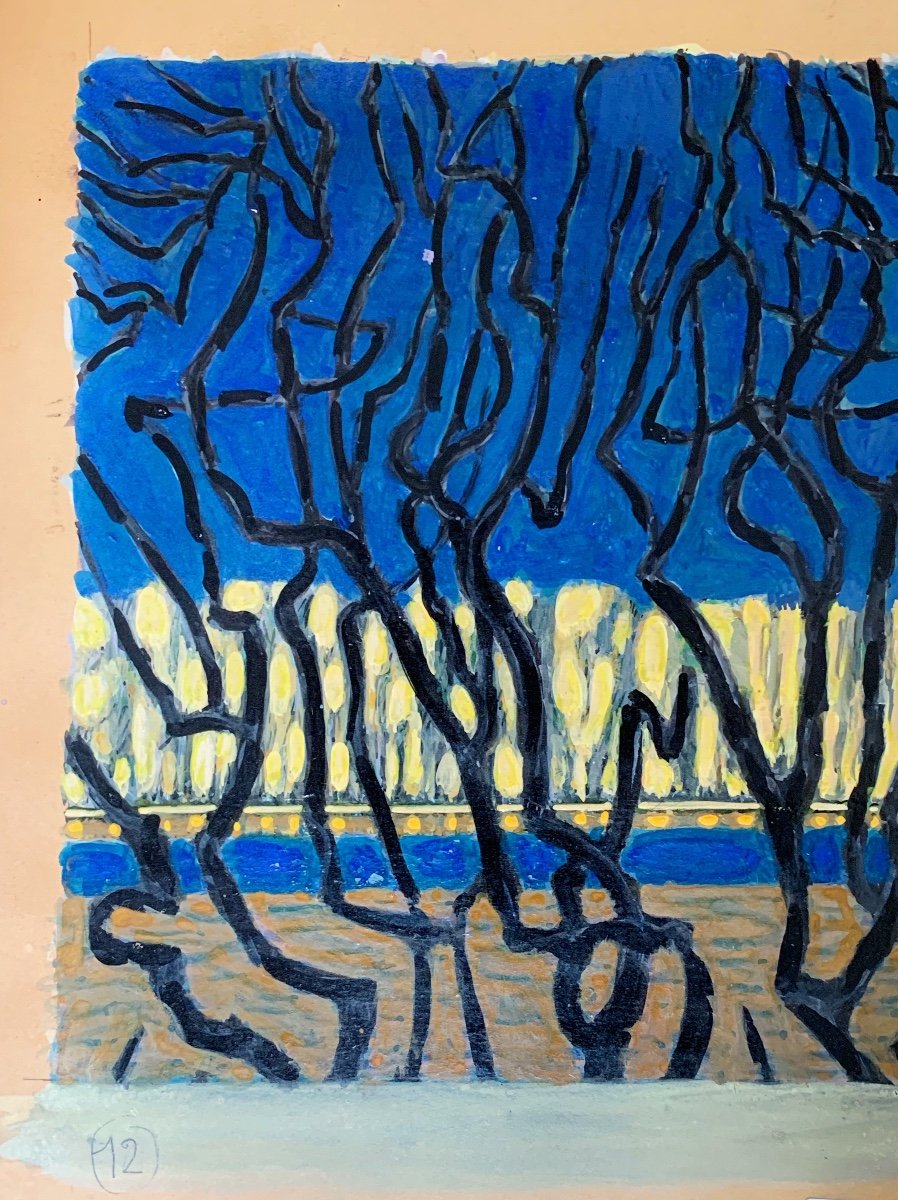
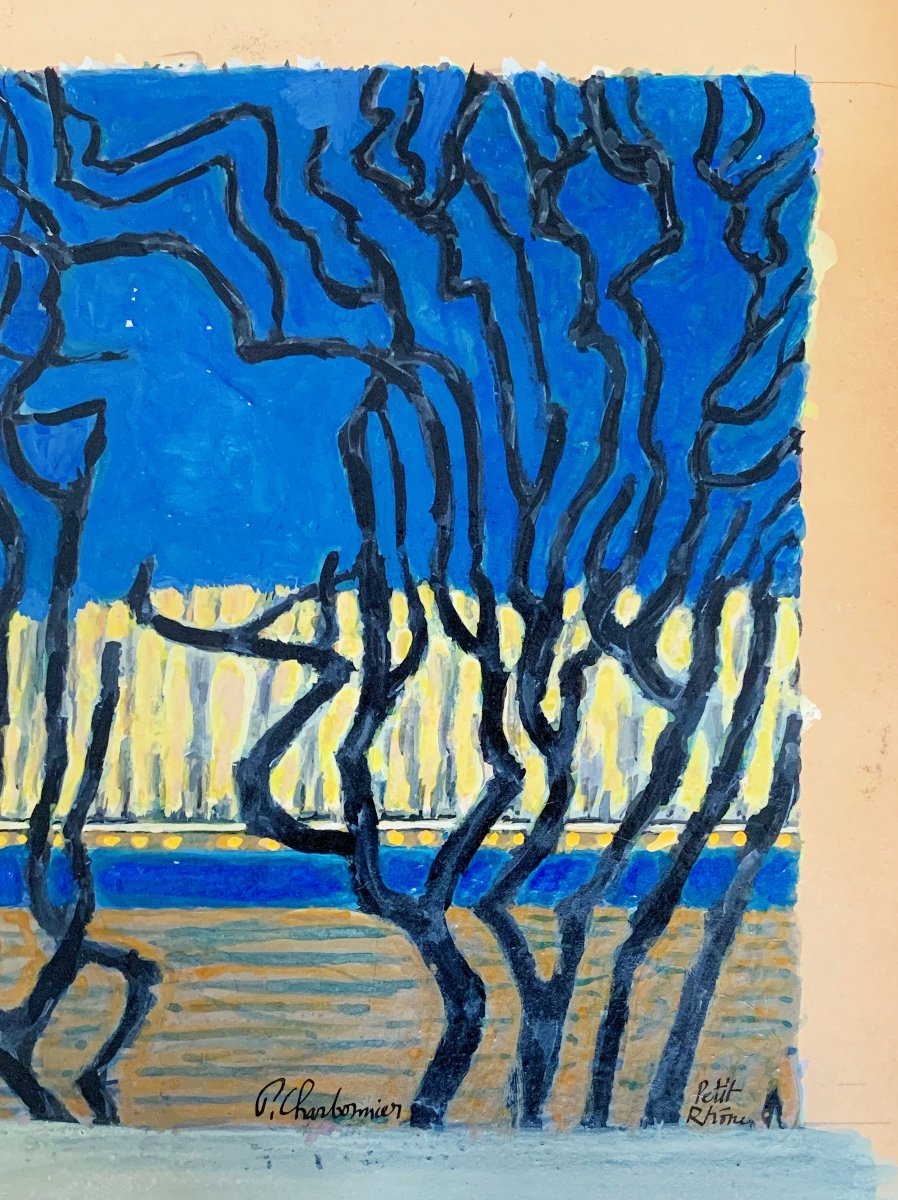






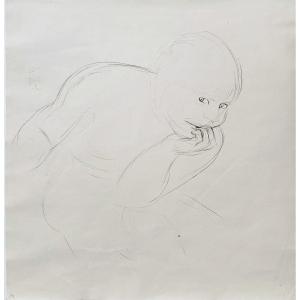




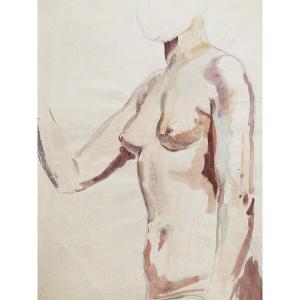





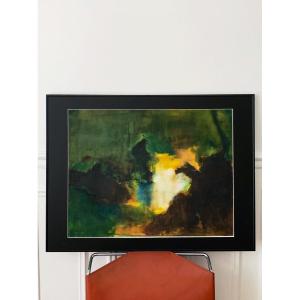
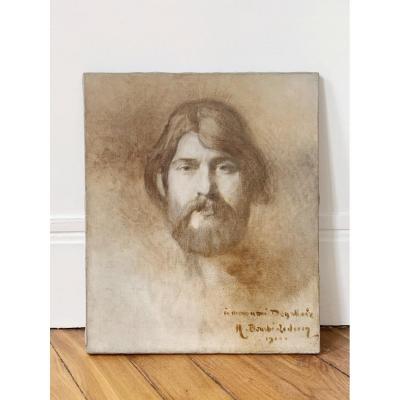
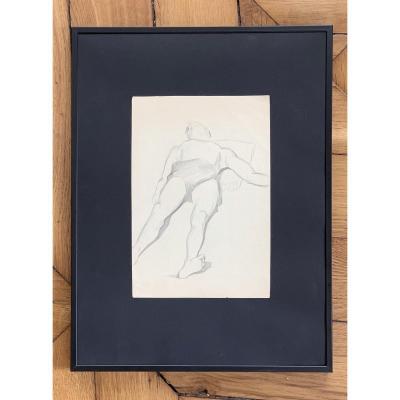
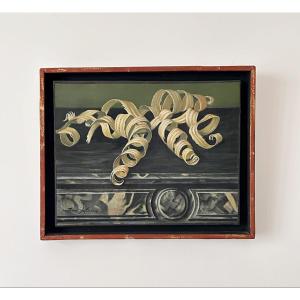
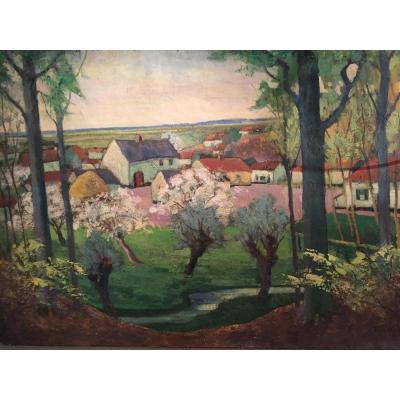
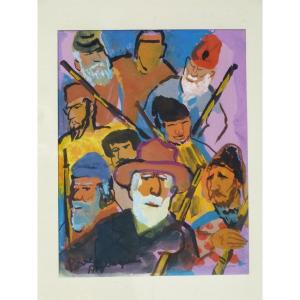
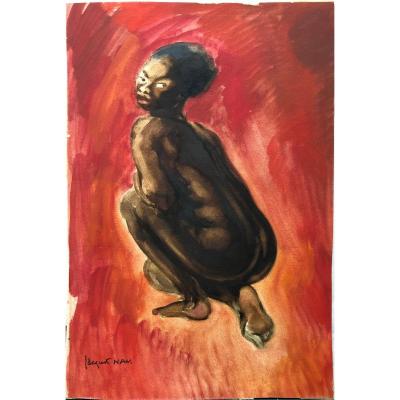





 Le Magazine de PROANTIC
Le Magazine de PROANTIC TRÉSORS Magazine
TRÉSORS Magazine Rivista Artiquariato
Rivista Artiquariato